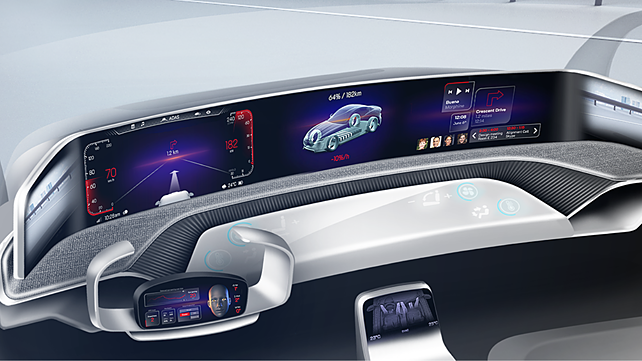
To support automakers deliver the ultimate cockpit experience while accelerating time to market, BlackBerry on Tuesday announced the availability of a QNX Hypervisor and VIRTIO-based reference design. According to the company, this will help virtualise Android Automotive OS on the 3rd Generation Snapdragon Automotive Cockpit Platform.
According to the company, the VIRTIO is an open standard that defines the interface between Android Automotive OS and the underlying hypervisor to deliver the full Android Automotive OS experience. The combination of the QNX Hypervisor and QNX's VIRTIO implementation allows Android Automotive OS to run out of the box without modification. In addition, this allows systems deployed in the field to easily upgrade to newer versions of Android Automotive OS as they are released.
While the VIRTIO interface is standardised, the implementation of the interface is not, the company said.
The QNX reference has been extended to support dynamic graphics sharing between Android Automotive OS applications in the infotainment domain and the digital instrument cluster, shared Vulkan drawstream support and system-wide audio management to holistically manage all sound within the vehicle. The QNX VIRTIO implementation adds ten additional virtual devices to the existing 25 currently available in the QNX Hypervisor family of products.
The QNX hypervisor-based reference design incorporates an infotainment system powered by Android Automotive OS and a digital instrument cluster virtualised by the QNX Hypervisor and running on a single Snapdragon Automotive Cockpit Platform. This architecture will also allow automotive manufacturers to enjoy the freedom from interference necessary to achieve safety certifications while delivering the full Android Automotive OS experience.
The reference design demonstrates fast-boot and sharing of audio, graphics, video (camera), touchscreen, vehicle HAL sharing, USB and streaming video between the digital instrument cluster and the infotainment system powered by Android Automotive OS, enabling Tier-1s and OEMs to deliver the ultimate cockpit experience, the company added.
NB: Photo is representational; courtesy: Visteon.